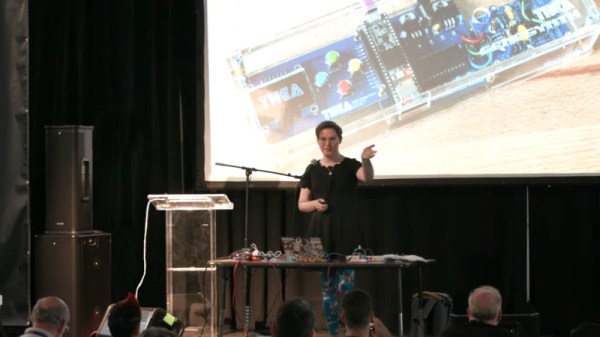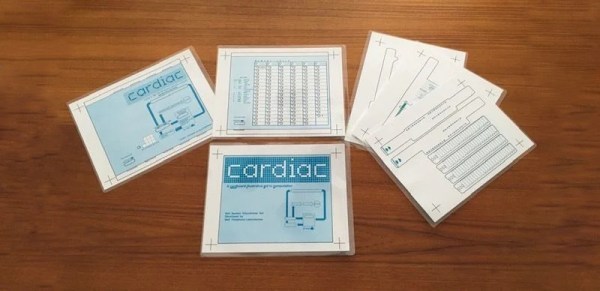For those who grew up with video games, the legendary sounds of consoles past are an instant nostalgia hit. [Thea Flowers] first got her hands on a gamepad playing Sonic the Hedgehog, so the sounds of the Sega Genesis hold a special place in her heart. Decades later, this inspired the creation of Genesynth, a hardware synth inspired by the classic console. The journey of developing this hardware formed the basis of [Thea]’s enlightening Supercon talk.
[Thea’s] first begins by exploring why the Genesis sound is so unique. The Sega console slotted neatly into a time period where the company sought to do something more than simple subtractive synthesis, but before it was possible to use full-waveform audio at an affordable price point. In collaboration with Yamaha, the YM2612 FM synthesis chip was built, a cost-reduced sound engine similar to that in the famous DX7 synthesizer of the 1980s. This gave the Genesis abilities far beyond the basic bleeps and bloops of other consoles at the time, and [Thea] decided it simply had to be built into a dedicated hardware synth.
Continue reading “Thea Flowers – Creating A Sega-Inspired Hardware Synthesizer From The Ground Up”


















